Much is said about the propensity of USA to pile on public debt to try and right the wrongs of the moronic lenders of yester-year ….and the risks that entails, but private sector debt is a much bigger “Elephant” in the Jacuzzi than public sector debt. Seven point six times bigger to be precise, that’s about the ratio that it reached in 1929 before dropping precipitously, over about ten years, to about 70% of public debt.
In a rare moment of lucidity Alan Greenspan, once remarked that a country with the luxury of its very own fiat currency always has the option of printing more money to pay its debts. That’s why US Treasuries are rated AAA, because if you lend the US Government $10 today, you can be 99.99% sure that in ten or twenty years time they will pay you back, plus interest. Of course you won’t be able to buy much with that $10 in thirty years time, but that’s another story.
Not so for private sector debt. There is only one private sector entity that can “legally” print dollar bills in USA, and that’s the Federal Reserve (although some question exactly how “legal” that is, but that’s another story too).

The “problem” of private sector debt
Almost everyone agrees that there is too much private sector debt in USA (and in a lot of other places actually), and that’s a bit of a “problem”. There are two reasons why that’s a problem right now; first the borrowers are having difficulties keeping up with the payments (that’s called “debt service”), and second, the collateral that was accepted by the lenders as security (in case…”horror”…the borrowers defaulted), turns out to be worth a lot less (today), than the amount of money that was lent.
The net result is that the aggregate quality of private sector debt; is a lot less than AAA, despite what the rating agencies would have everyone believe.
So there is a crisis. But “no-worries”, lots of clever schemes are being hatched to make the debt disappear. There are three ways that “too much” debt can be made to “disappear”:
(A): The people who borrowed can pay it back with interest (that’s the traditional approach).
(B) They can decide to NOT pay it back (or more to the point not pay the…




